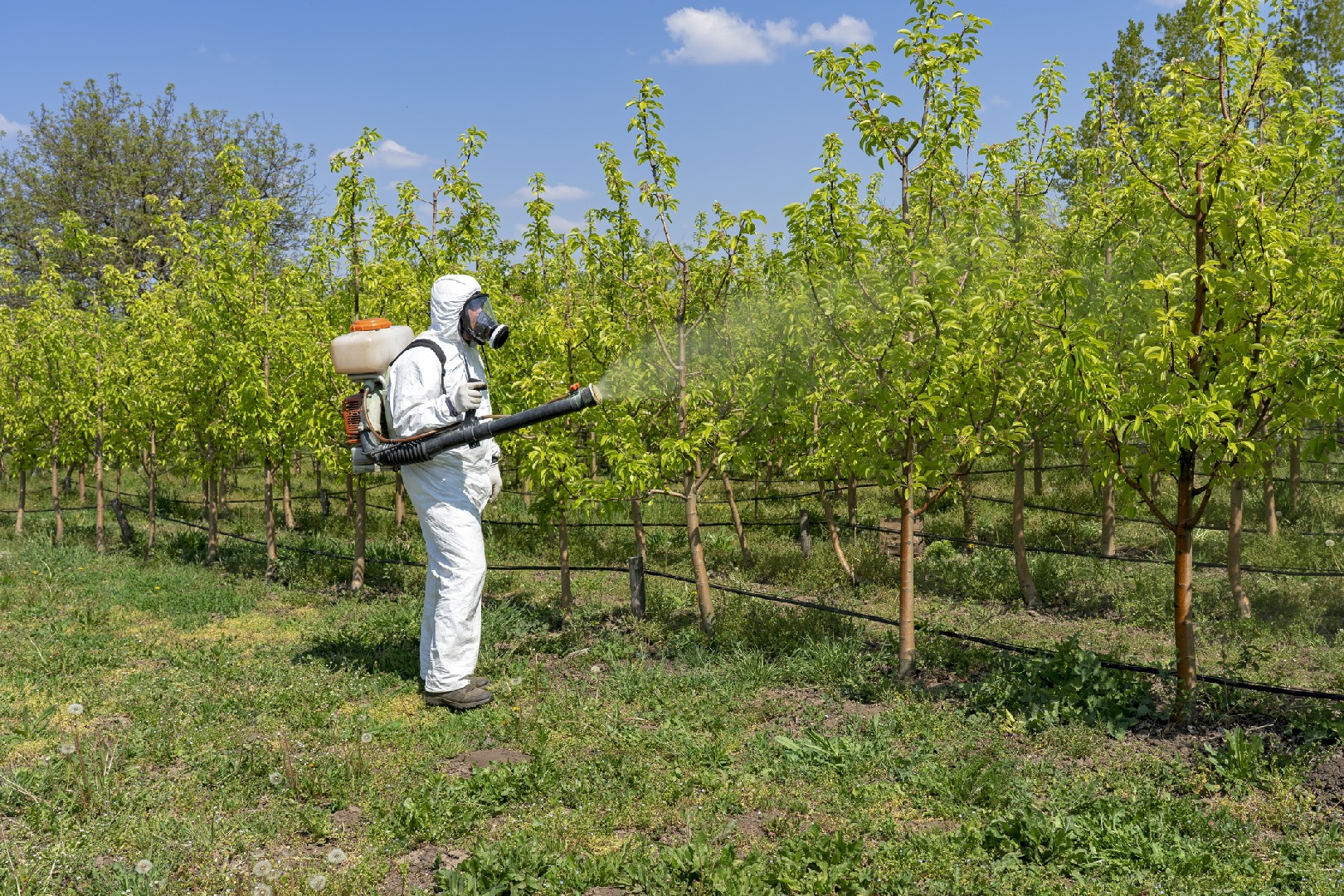![Rectangle]()
Responsible Pesticide Use: Beyond the Basics
Responsible Pesticide Use: Beyond the Basics
Responsible pesticide use goes beyond just selecting the right pesticide for the job. It involves a holistic approach that considers various factors such as pesticide selection, calibration, application, protective measures, and cleanup procedures. By following these best practices, you can ensure the effective and responsible use of pesticides in your integrated pest management (IPM) program.
One key aspect of responsible pesticide use is the selection of the appropriate pesticide for the target pest. It's important to identify the specific pest you're dealing with to choose a pesticide that is effective and least harmful to non-target organisms. Consider factors such as the pest's biology, life stage, and habitat to make an informed decision. There are various online resources and guides available that provide information on different pesticides and their target pests, helping you make a responsible choice.
Another important consideration is calibration. Proper calibration ensures that the pesticide is applied accurately and efficiently. Calibration involves adjusting the equipment, such as sprayers or spreaders, to deliver the right amount of pesticide to the target area. This helps minimize pesticide waste and overuse, reducing the negative impact on the environment. Check the equipment's user manual or consult an expert to learn the calibration techniques specific to your equipment.
When it comes to application, responsible pesticide use emphasizes applying pesticides in the right quantity and at the right time. It's crucial to follow the pesticide label instructions carefully, as they provide specific directions on dosage, application methods, and timing. Applying pesticides when the target pest is most vulnerable can enhance effectiveness and minimize the need for repeated applications. Additionally, consider weather conditions such as wind speed and temperature, as they can affect pesticide drift and effectiveness.
Protective measures play a vital role in responsible pesticide use. Always wear appropriate personal protective equipment (PPE) when handling and applying pesticides. This includes gloves, goggles, and respiratory protection if necessary. PPE helps minimize the risk of exposure to pesticides and ensures your safety. Additionally, consider using physical barriers or protective covers to prevent accidental pesticide drift or contamination of non-target areas.
Cleanup procedures are equally important in responsible pesticide use. After applying pesticides, clean and decontaminate your equipment properly to prevent cross-contamination. Dispose of pesticide containers according to local regulations and guidelines. Properly clean and dispose of any leftover pesticides to avoid environmental contamination.
In conclusion, responsible pesticide use is a comprehensive approach that involves careful pesticide selection, proper calibration, accurate application, protective measures, and cleanup procedures. By adopting these best practices, you can minimize the negative impacts of pesticides on human health, non-target organisms, and the environment. Remember to always stay informed about new developments in pesticide technology, as advancements are constantly being made to improve efficiency and reduce environmental impact. Together, we can navigate chemical control in IPM responsibly and contribute to a sustainable future.





